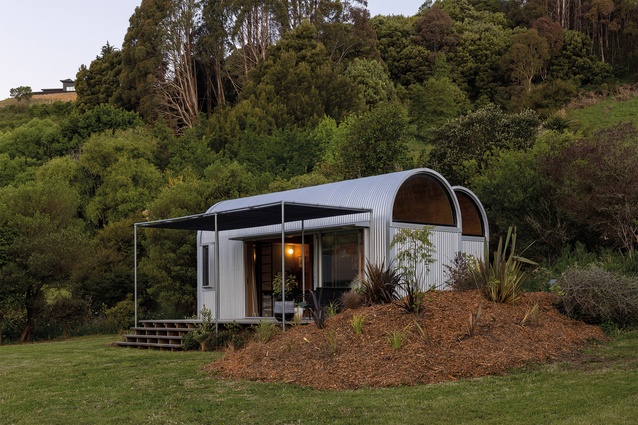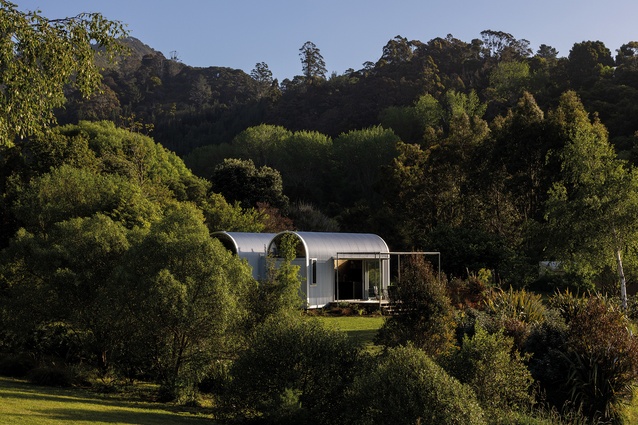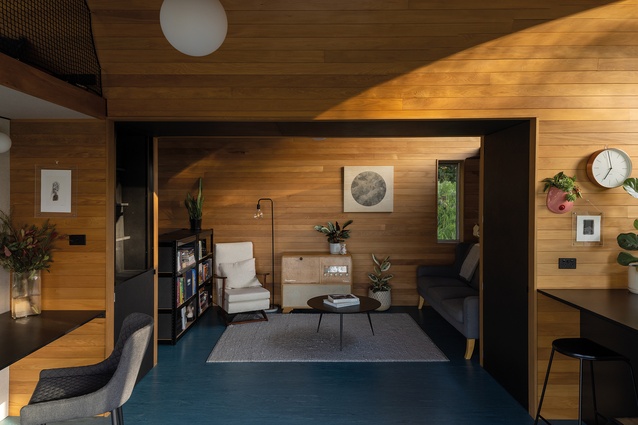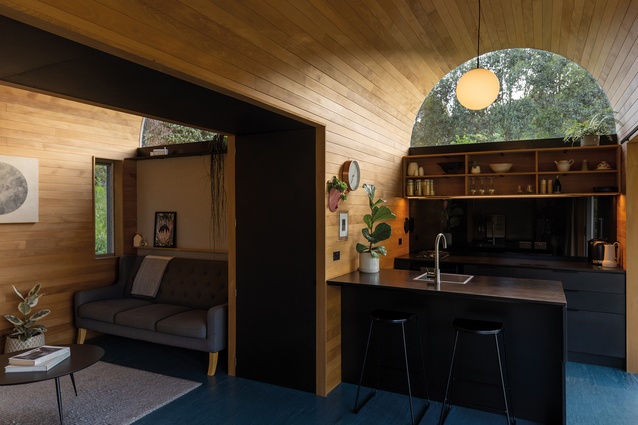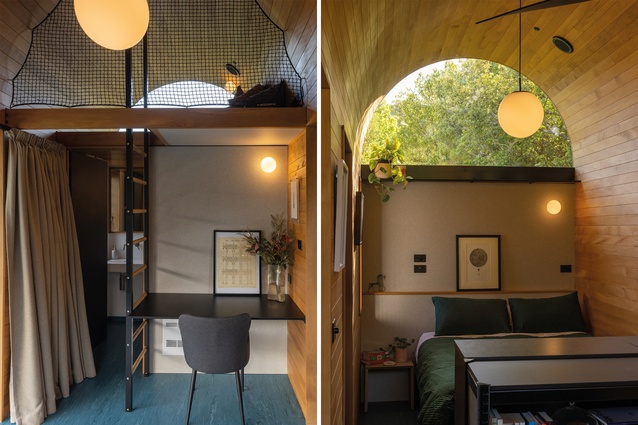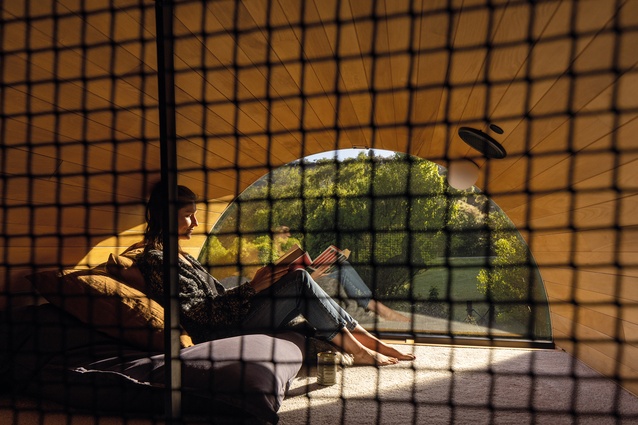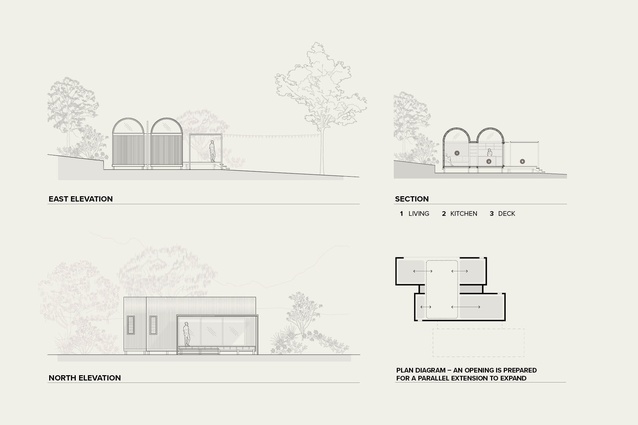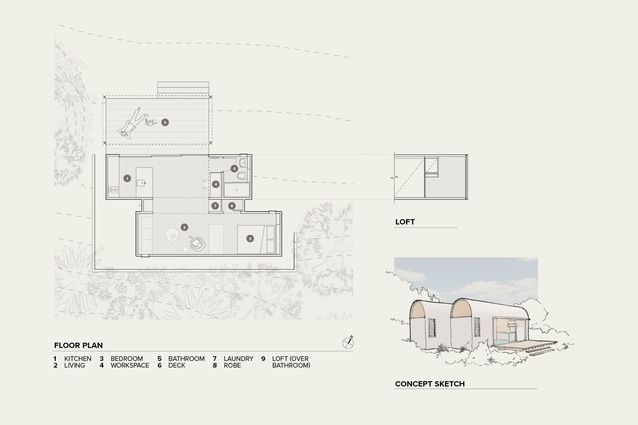Home on the lease
House-building isn’t new, yet somehow there still seems a whole lot to trailblaze. Before you even queue for a builder, or eye up an estimate, there’s the start-up cost of land. For, while sites have been suburbanising into parcels, land values have somehow gone the other way and followed the steep cost inclines of building.
It’s all gone exponential. Folk tempted to steer down the freedom trail to bespoke home-building might well turn off to tackle apartment appointments rather than navigate those windier questions of form or siting. It’s hardly the pioneering spirit but counting up those land costs can very quickly descend Home on the Range dreams to home out of range.
So why does building invariably start with purchasing dirt? Land ownership is a construct. It’s a line where not everyone wins no matter which prairie you cross. Finger plucking “Oh! Give me a home where the buffalo roam” might still, if lucky, extend to “Where the deer and the antelope play” but it all gets a little real at “Where seldom is heard a discouraging word”.1 The tuning hasn’t yet simplified to “let us build on the land without owning it, please”. But why not? The idea of leasing rather than owning land might well have led to housing models with far less corralling. Those looking for somewhere to build today battle land entitlements of a far less vital kind when compared to those still playing out in our Treaty Partner discussions.
Yet, with bank mortgagers continuing to gather surety in the ground under our feet, the axles to home-building don’t roll easily. So, as we all work to rein in histories out there on the range and, ironically, face ongoing struggles in finding places for us all to live, building without land ownership might just re-open a housing frontier: Home on the lease.
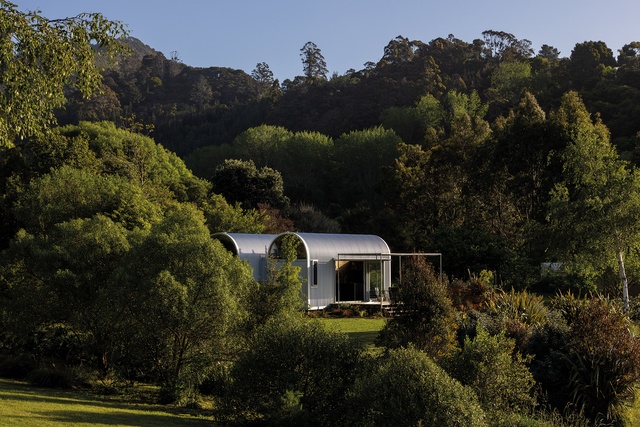
There’s a couple of little wagons resting in a paddock that test out this scenario. Fittingly, they are in Whakatū Nelson for, as the next line of the song goes, “And the sky is not clouded all day”. The blue-sky thinking seems to be caravanning outwards for there are some suburban-looking dwellings to the left, tiny housing to the right, parents behind and somewhere else a sister. Now, who owns or is leasing what is not quite clear but perhaps that is the point. It looks like any normal collection of semi-rural houses with planting and fencing separating individual allotments. Architect William Samuels of William Samuels Architects, who, along with his partner Hannah D’Arcy, built, owns and lives in the wagons, describes the leasing arrangements as having “a different metric to affordability”, for they distribute value rather than economics.
This ‘value proposition’ means we aren’t talking conventional cross-leasing where two separate house owners share section rights. This is more one-sided and chattel-less. They simply lease the right to use some land for a period of time and, when time’s up, leave with their building. There is nothing perpetual here; it’s short rather than long-term security. But, this is not a new idea; farmers rent grazing, architects tenant office space and significant parts of our communities continue to live on leaseholds around Aotearoa, including in Whakatū Nelson. So, why not? Just about everything is time-rented these days: cars, holiday houses, even pandas.
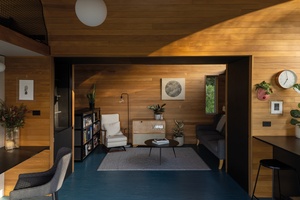
What is interesting with these wagons, though, is that the requirements for living on borrowed time come with surprisingly few relocatable specifications. There’s no large ute towing SGA-esque My Whare housing around,2 not even a horse. Neither are the buildings trailer-park trimmed down to be worth nothing when they’ve run their course.3 These wagons are geared to park for the length of the lease and then be moved and used somewhere else. Samuels’ thinking is almost old fashioned in its simplicity and balances out to a small, one-off, high-quality house. Qualities, of course, aided by architectural keenness and know-how, one and a half years to labour the build, and parents with some spare paddock: all good proposition values to shift away from an unaffordable house-with-land ownership model. That the wagons are so beautiful and built for around $150K certainly narrates some terrific pioneering. Equally, this alerts us all to how little we’ve done to keep the road open for affordable bespoke house-building.
Samuels, who, with D’Arcy, moved back to Nelson from Melbourne via a stint in Germany, explains that the leasing precedents came from Europe, where value doesn’t home straight to the physical but to the qualities and experience of the way in which you live. It’s a discussion that has found a voice with Studio House, as they call their home, being duly awarded a 2023 Te Kāhui Whaihanga New Zealand Institute of Architects National Award in the category of Small Project Architecture. Small, yes, but this is not a tiny home crammed full of everything, everywhere, all at once. This is a house, designed and parked to feel free and simple.
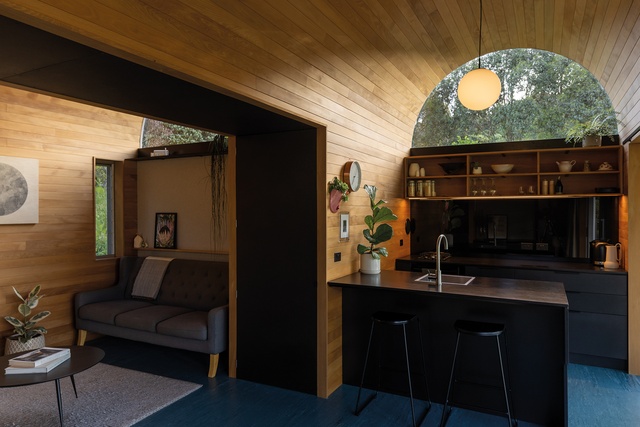
Some of that lies in coupling the 2.5 x 8.0m zincalume-clad wagons to overlap in parallel and make a broader space. It’s the kind of make-depth-and-corner planning you see in container housing. The approach bookends space between kitchen and bathroom, deepening from entry pergola to a rear couch before shelving a bed behind some books. At 42m2, not everything can make the journey: notably a liking for books, which must wait to travel west to the frontier or, in this case, east from Australia. So, an opening is prepared for a future parallel extension to expand bed to bedrooms and shelf to library. Such planning is important in the adventures of life but there are no lined-out openings on show here, not even an architrave. Detailing takes detail and here is an architect both committed to the endeavour and well schooled.
Samuels clearly packs some freedoms, in part at least, from his time working for Kerstin Thompson. There’s an understanding of how-to-make on show, which comes with the design-heavy detailing of the Melbourne architectural scene. Our chat runs to his other heroes, Clare Cousins and Mel Bright, and the hidden angling of steel in the hooped portals to remove the jamb to those up-high wagon windows. These jambs lie beneath what must have felt like an alarmingly thin, 9mm tongue-and-groove lining thickness that allows the boards to radius without noticeable chamfering. The detail needed to parallel park these wagons goes on.
Outside, broad planking skirts past a down-low, inside-out gutter. Most critical, perhaps, is the cupboard-depth demountable layer that eventually allows the wagons to unharness. It provides the only evidence of any potential mobility with its screwheaded linings and, if you look hard enough, removable internal gutter. Yet, it is what is behind the covers that suggests others might take up this leasing trail.
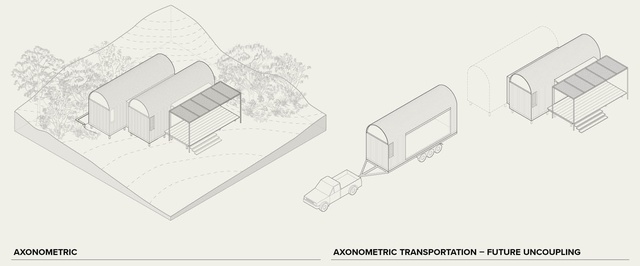
For, behind the shape, edge detailing and rented realities, each wagon is grounded with standard pile foundations. Their future removal requires no more than the usual conventions of M12 bolts and DPC bearer clearances. House-movers will surely think nothing of collecting these wagons after years of cutting up and carting villas. There’s no ticking time bomb here, no corralling complexity: just happy architecture with an hourglass agreement. The frontier “That I would not exchange my home here to range, Forever in azures so bright” has been rewritten in this homing in on the range. William Samuels Architects’ wagons suggest affordable bespoke housing might yet gain a new lease on life. Keep that horse saddled, stay ready for the trail, blue skies or grey.
References:
1. John A Lomax, Cowboy Songs and Other Frontier Ballads. New York: The Macmillan Company, 1922. pdf. loc.gov/item/23026571. Full lyrics from Dr Brewster Higley’s My Western Home poem put to music by Daniel E Kelley. songofamerica.net/song/home-on-the-range. Accessed 3 December 2023.
2. Jeremy Smith, ‘With a little help from my friends’. Architecture NZ, Jan/Feb 2022, pp. 68–74.
3. Sonya Salamon and Katherine MacTavish, Singlewide: Chasing the American Dream in a Rural Trailer Park. New York: Cornell University Press, 2017, pp. 20–21.


